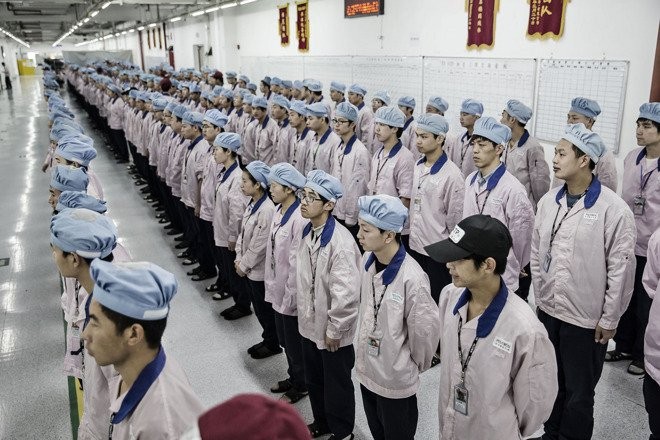The need for stability will guide China's economic planning in 2017, and China will push for "substantial progress" in supply-side structural reforms.
The just concluded Central Economic Work Conference said "seeking progress while maintaining stability" will be the main theme for China's economic policies in 2017. The conference saw Chinese leaders and senior officials gather to map out priorities for 2017.
No specific economic growth target for 2017 was revealed, however. This target is usually made public in March when China's top legislature convenes.
Analysts largely expect the economic growth target to be reduced to allow more leeway in advancing reforms.
China will also aim to attract more foreign investment, hoping foreign-funded businesses can play an important role in developing the real economy.
A final statement from the conference, however, warned of problems in the economy, including persistent industrial overcapacity and ballooning financial risks.
The conference agreed the key to resolving China's structural imbalance lies in pushing supply-side reforms. It specified five major tasks: reducing industrial capacity; destocking; de-leveraging; lowering corporate costs and improving weak links.
It also said fiscal policy should be more proactive and effective, and budgets better planned to accommodate supply-side structural reform, cutting business taxes and ensuring incomes.
On the risk side, curbing asset bubbles will assume more importance in 2017 as the property market has raised fears of rising risks to financial stability.
This year's meeting is particularly important since 2017 will see the 19th Communist Party of China (CPC) National Congress where a new central committee will be elected.
At the macro level, China will retain proactive fiscal and prudent monetary policies. The conference described monetary policy as "prudent and neutral" and promised better adjustments to ensure stable liquidity.
The conference recommended monetary policymaking adapt to changes in the use of money supply tools. It also said further efforts are needed for smoother transmission of policy.
China will keep the yuan stable, while improving the flexibility of the exchange rate.
Decisions made at the conference show Beijing is trying to find a subtle balance between stabilizing growth and controlling asset bubbles.
The government said the Chinese economy is ending 2016 on a firm footing, with encouraging signs of growth being on track to meet the this year's target.
The economy expanded 6.7 percent in the first three quarters. The results were within the government's target range of between 6.5 percent and 7 percent.
To combat downward pressure, China adopted a multi-pronged growth policy i8n 2015, including cuts in interest rates and lower deposit requirements.
The stimulus has fueled growth in real estate and investment, two sectors that have proved critical growth drivers, but not without unwanted outcomes. Housing prices in major cities soared in an unreasonable manner and required tightening measures.
A market-oriented, long-term mechanism will curb real estate bubbles and prevent volatility. In cities where prices are rising fast, authorities should increase land supply and the share of residential housing.
Other policy includes advancing structural reform in agriculture, reviving the real economy and overhauls of state firms.
China will take substantial steps toward mixed-ownership in the sectors of electricity, oil, natural gas, railway, civil aviation, telecommunications and military industries.



























